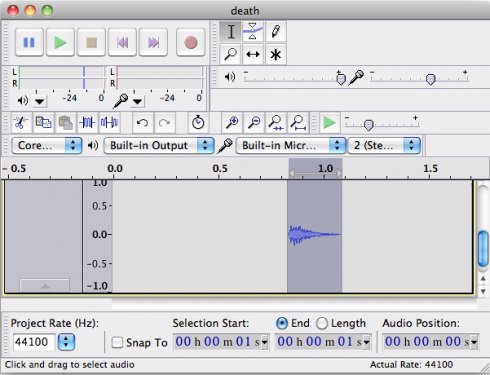Khan Academy videos on how to solve systems of linear equations:
Use a graphing calculator to double check your lines, or use WolframAlpha, or use my simple line grapher.
by Graphing
Video: Solving Linear Systems by Graphing
Most algebra texts have good problem sets for practice (Khan Academy does not – as yet).
by Substitution
Moving from the more intuitive, visual, graphical method of solution to the more exact algebraic methods, we start with solving by substitution.
Video: Solving Linear Systems by Substitution
Practice Set: Practicing Systems of equations with substitution
by Elimination
Video: Solving Systems of Equations by Elimination
Additional Video: Solving systems by elimination 2 (on YouTube).
Additional Video: Solving systems by elimination 3 (on YouTube).
Practice Set: Practicing Systems of equations with simple elimination


